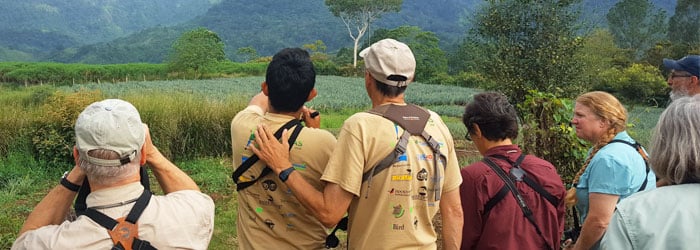Tips & Resources: Strategies for Building Group Camaraderie
“One of the main points about travelling is to develop in us a feeling of solidarity, of that oneness without which no better world is possible.” – Ella Maillart, Swiss adventurer
As a travel leader, one vital factor in the success of your trip is group cohesion—making sure your participants “click.” Any time you bring people together, especially those with different backgrounds, experiences, or travel habits, you face the possibility of friction. Even if your travelers are already acquainted, the unique circumstances inherent in travel can alter group dynamics. By taking measures before, during, and after your trip, you can help ensure everyone gets along and has a better experience overall.
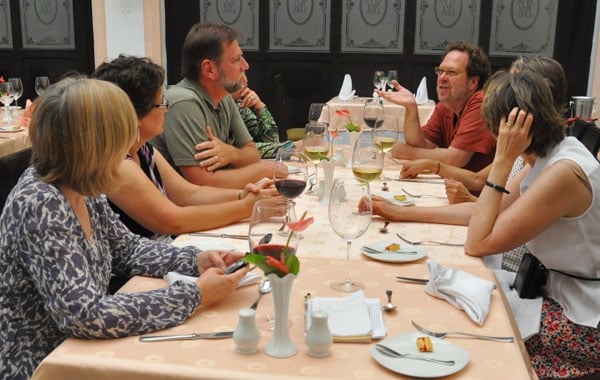
photo by Michelle Korczynski
Before you go:
Traveling to a new place can be intimidating, but going with a group of friends and a trusted leader helps ease some of those anxieties. Whether or not your travelers already know each other, consider the following ideas to build bonds and generate anticipation for your trip (which studies show is part of the fun of travel).
Hold a pre-trip meeting
This can be as formal or as informal as you wish. You can use this time to discuss logistical information, but also ask your travelers to share their expectations and goals for the trip, or if you think they’re up for it, pick a few icebreaker games to play. Ideally, this meeting would be in person, but if your participants are spread out geographically, schedule a webinar or online group chat to break the ice.
Create an online community
Creating a place online for your participants to communicate before the trip will help them become acquainted at a more relaxed pace. By creating a Facebook event page, Google hangout, WhatsApp group chat, or even a group board on Pinterest, you and your participants can post useful links, resources, or reading materials, ask questions, plan a carpool to the airport, or just share excitement for your upcoming adventure.
Start a club
If you plan far enough in advance, you could start a trip “book club” – pick a list of books (or movies, or magazine articles) related to your destination, and schedule meetings, in person or online, to discuss what you’ve learned. Or, depending on the focus of your trip, you could instead meet regularly to practice the skills you’ll need in the field, such as binocular use, photography, or etiquette for cultural interaction.
If you’re an educator traveling with students, consider holding monthly meetings with collaborative activities, each addressing a different topic, such as the history, culture, climate, geology, or ecosystems of your destination. You may even wish to assign your students a team project that can be started at home and concluded in the field.
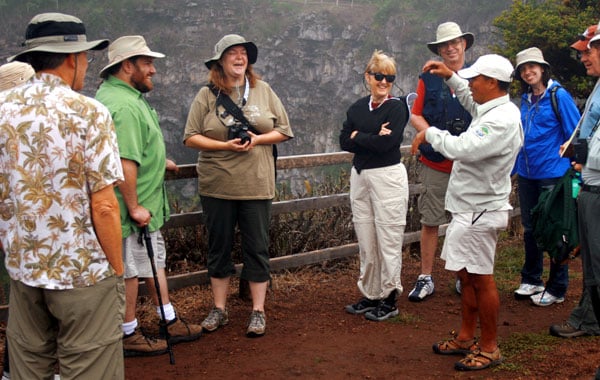
photo by Alton Biggs
In the field:
Travel affects everyone differently, and upon arrival some people may become exhausted, disoriented, or feel insecure in their new surroundings. One grouchy person could affect the mood of the whole group, so plan ahead to curb irritability.
Plan an arrival meeting
Communication is one of your most important roles as a trip leader. Upon arrival at your destination, hold a complete orientation session with the help of your In-Country Guide. This is a good time for a pep talk about group living—the importance of being on time, being considerate of others, paying attention, and following instructions. Let participants know they should come to you with problems, questions, or concerns.
Then, throughout the rest of your trip, arrange informational sessions at each strategic point in the journey to ensure everyone has all necessary instructions. Make sure your participants have clear expectations for each day. When everyone is on time and prepared, the group will be happier as a whole.
Watch out for “problem children”
Don’t always expect people to come to you with complaints. If a traveler seems unhappy or disgruntled, take the person aside and try to determine the issue. Do what you can for the difficult people, but don’t sell the rest of the group short just to appease one squeaky wheel. It’s not fair to the others on the trip for one person to get all of your attention. Sometimes the best you can do is to see to it that one person does not spoil the trip for everybody else.
Schedule time for group reflection
Consider setting aside time for group reflection each evening, giving your participants a structured opportunity to share their favorite or most memorable experiences of the day. If your trip has a special focus, like birding or photography, you can use this time to compare checklists or photos. Spending time together reflecting, even if it’s just 10 or 15 minutes a day, will help reinforce positive memories and feelings of fellowship.
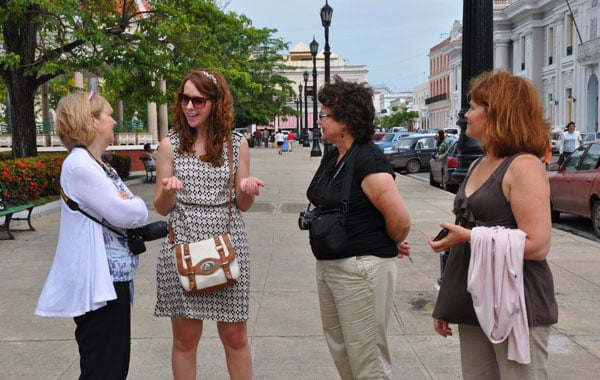
photo by Michelle Korczynski
After you return home:
The experience of a great trip doesn’t end the moment your plane lands. Now that your participants have made lasting memories together, you can help extend their companionship after you return home.
Host a group reunion
Many groups like to hold a reunion after they return home as an opportunity to exchange photos and reminisce about special travel memories. If your participants all live near each other, you might want to organize a reunion and invite your participants and their families (plus any community sponsors, school administrators, or organization officers, if applicable). Everyone will enjoy learning more about your experiences in the field.
Spread the word
Let the broader community know about your trip. Send out a press release to local news organizations outlining your program and fieldwork, and invite reporters to interview you and your participants. Travelers can also share their experiences with local schools, civic organizations, travel groups, or conservation societies. If you’re a teacher, have your students create a newsletter with essays, journal entries, drawings, and/or photos.
Stay in touch online
Continue using your online forum to share photos and memories long after the trip. Creating a trip hashtag is a fun way to make posts or photos easily searchable and also to build a sense that together, you took part in a special, unique experience. And, if you’re lucky, they’ll want to travel with you again in the future and refer their friends, colleagues, or fellow students to do the same.
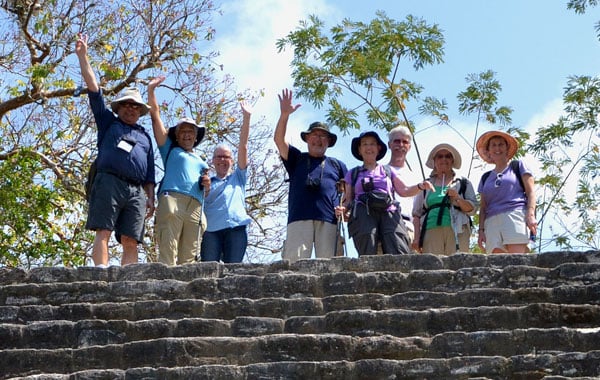
photo by Laura Hare
main photo by Debbie Sturdivant Jordan


